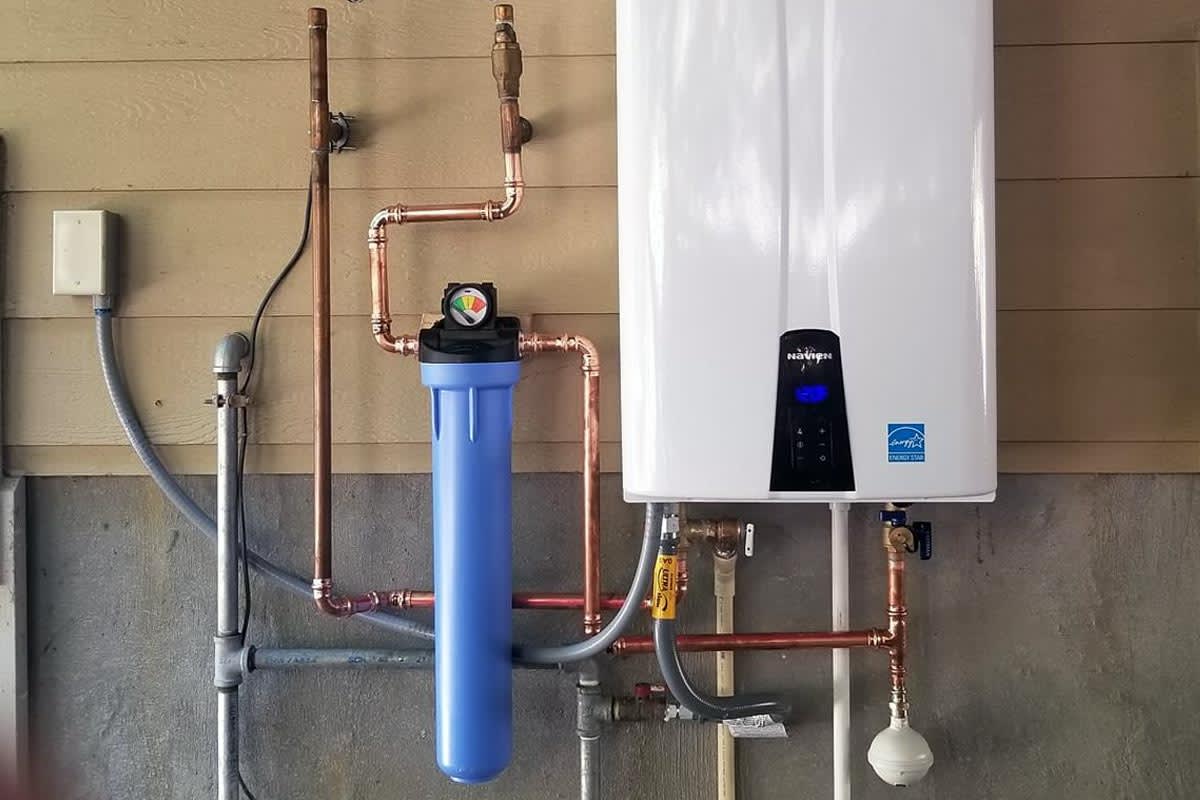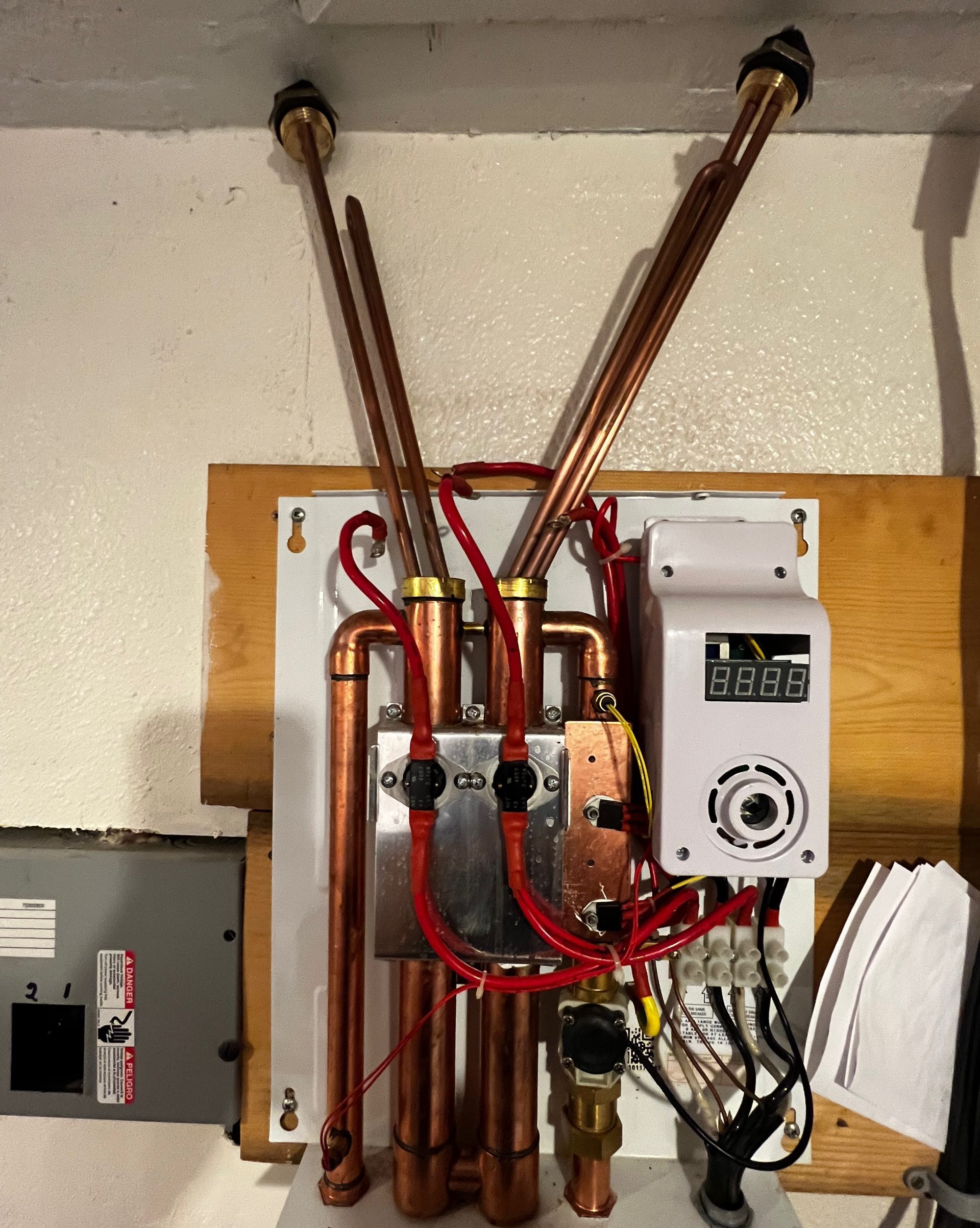Specialist Guidance for Caring for Your Home's Hot Water SystemStraightforward Methods to Care for Your Home's Hot Water System Properly
Specialist Guidance for Caring for Your Home's Hot Water SystemStraightforward Methods to Care for Your Home's Hot Water System Properly
Blog Article
We've stumbled on this great article pertaining to Water Heater Maintenance Tips You Can't Afford to Forget down the page on the internet and concluded it made good sense to relate it with you on this page.

Warm water is important for day-to-day convenience, whether it's for a rejuvenating shower or cleaning meals. To ensure your warm water system runs efficiently and lasts longer, normal upkeep is essential. This post provides functional tips and understandings on how to maintain your home's warm water system to prevent disturbances and expensive fixings.
Introduction
Keeping your home's hot water system could seem complicated, yet with a few basic actions, you can ensure it runs efficiently for years ahead. This guide covers every little thing from recognizing your hot water system to DIY upkeep pointers and recognizing when to hire expert aid.
Importance of Preserving Your Warm Water System
Normal upkeep not just expands the life-span of your warm water system yet likewise ensures it operates effectively. Ignoring maintenance can result in reduced efficiency, greater power costs, and also early failure of the system.
Indications Your Hot Water System Demands Upkeep
Knowing when your hot water system requires focus can stop major concerns. Look out for signs such as irregular water temperature level, unusual noises from the heating system, or rustic water.
Flushing the Hot Water Heater
Flushing your water heater removes sediment buildup, enhancing effectiveness and extending its life.
Checking and Replacing Anode Rods
Anode rods prevent rust inside the container. Examining and replacing them when broken is critical.
Facility Problems Needing Professional Aid
Instances consist of major leaks, electrical troubles, or if your hot water heater is continually underperforming.
Regular Specialist Upkeep Benefits
Specialist maintenance can include thorough evaluations, tune-ups, and guaranteeing conformity with security requirements.
Checking and Readjusting Temperature Level Settings
Changing the temperature level setups makes sure optimum efficiency and security.
Do It Yourself Tips for Upkeep
You can perform several maintenance tasks on your own to maintain your warm water system in leading problem.
Looking for Leaks
Routinely inspect pipes and links for leaks, as these can result in water damage and greater expenses.
Recognizing Your Warm Water System
Before diving into maintenance tasks, it's practical to understand the basic parts of your warm water system. Generally, this consists of the water heater itself, pipes, anode poles, and temperature level controls.
Monthly Maintenance Tasks
Regular regular monthly checks can help catch small concerns before they escalate.
Checking Stress Alleviation Valves
Testing the stress safety valve ensures it functions correctly and avoids excessive pressure accumulation.
Shielding Pipelines
Insulating hot water pipes minimizes warmth loss and can conserve power.
When to Call a Specialist
While DIY upkeep is valuable, some concerns require professional knowledge.
Conclusion
Regular maintenance of your home's hot water system is crucial for efficiency, durability, and price savings. By complying with these pointers and knowing when to look for specialist assistance, you can make sure a trustworthy supply of warm water without unforeseen interruptions.
Water Heater Maintenance: The Basics
Maintaining your water heater will ensure it operates efficiently and has a longer lifespan. Neglecting regular maintenance can lead to costly repairs and an even bigger chunk of your savings if you have to replace it sooner than necessary. But there’s good news: Most water heater maintenance tasks are relatively simple and easy for homeowners with basic DIY skills.
Flush the Water Heater
Over time, sediment and minerals can build up in the tank, reducing its efficiency and potentially causing damage. To flush the tank, turn off the power or gas supply, attach a hose to the drain valve near the bottom and open the valve to drain the water until it runs clear. Ideally, flush the tank annually.
Replace the Anode Rod
The anode rod is a sacrificial metal rod that helps prevent corrosion inside the tank. Inspect and replace it every three to five years or per the manufacturer's recommendation. To replace the anode rod, turn off the power or gas supply, drain a few gallons of water from the tank, unscrew the old rod and replace it with a new one. If the anode rod is significantly corroded or covered in calcium buildup, it's a sign the water heater may need to be replaced soon.
Tune-Up
A yearly tune-up can help identify potential issues and ensure your water heater operates at peak efficiency. This typically involves checking the thermostat, burner assembly (for gas heaters) and any other components specified by the manufacturer. During a tune-up, the technician may also clean the burner and adjust the pilot light (for gas heaters) or examine the heating elements (for electric heaters).
How to Maintain Your Water Heater
Insulate the tank. Insulating the tank can improve energy efficiency and reduce heat loss, saving you money on energy bills. You can purchase precut insulation blankets designed specifically for water heaters or use standard fiberglass insulation wrapped securely around the tank. Check the temperature. The recommended water temperature for most households is around 120 degrees Fahrenheit (49 degrees Celsius). Higher temperatures can increase energy costs and potentially cause scalding. Use a kitchen thermometer to check the temperature at the faucet nearest the water heater. Monitor water pressure. Excessive water pressure can strain the water heater and cause leaks or even tank failure. Install a pressure-reducing valve if necessary. The ideal water pressure range is between 60 and 70 PSI (pounds per square inch). Test the temperature and pressure (T&P) relief valve. The T&P relief valve is a safety feature that releases pressure if the tank gets too hot or the pressure builds up too high. Test it annually by lifting the lever and allowing a small amount of water to release. Replace the valve if it doesn't release water or reseal properly. Check for leaks. Regularly inspect the tank, pipes and fittings for leaks or corrosion. Deal with issues promptly to prevent further damage. Even a small leak can lead to significant water damage over time. Consider a tankless water heater. If your traditional tank-style water heater is nearing the end of its lifespan ( typically 10 years), consider replacing it with a tankless water heater. These units heat water on demand, reducing standby energy losses and potentially saving you money on your energy bills. Schedule professional maintenance. While homeowners can perform many water heater maintenance tasks, it's still a good idea to schedule professional maintenance every few years. A plumber or HVAC technician can thoroughly inspect the unit, identify potential issues and ensure it operates safely and efficiently. https://www.homeserve.com/en-us/blog/home-improvement/hot-water-heater-maintanence/

I'm very interested by Tips on Maintaining a Water Heater and I hope you appreciated the blog entry. Sharing is caring. Who knows, you might be helping someone out. We thank you for reading our article about How to Maintain Your Water Heater & Prolong its Life.
Schedule Today Report this page